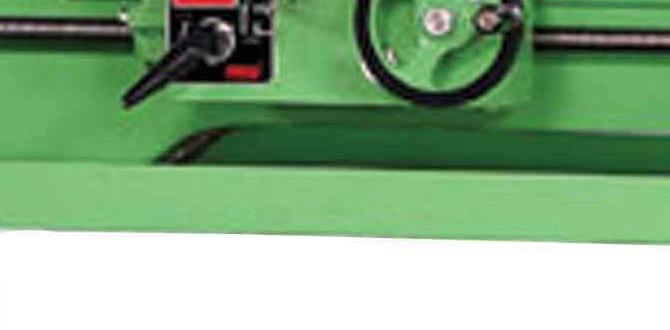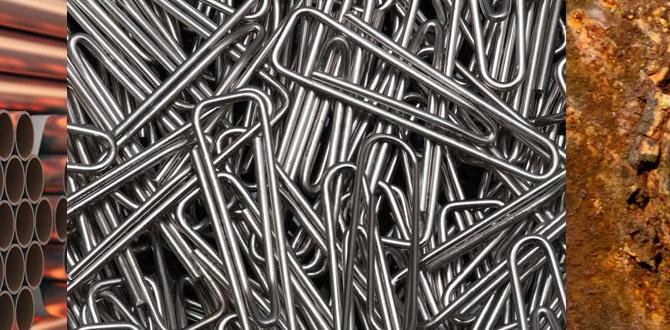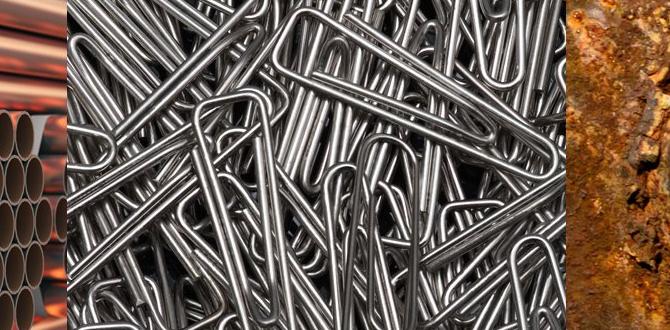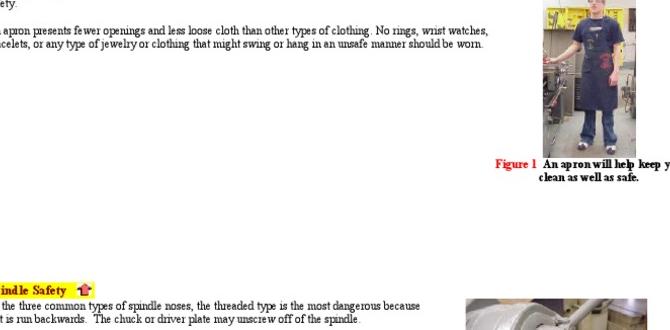Wood lathe dust mask safety is paramount for anyone engaging in the craft of woodturning. While the allure of transforming raw timber into intricate designs is strong, the unseen consequences of wood dust can pose significant health risks. From irritation of the eyes and respiratory system to more serious long-term conditions, protecting yourself from airborne particles is not just a recommendation; it’s a necessity. Ignoring this crucial aspect of workshop safety can turn a rewarding hobby into a health hazard.
The rhythmic hum of a lathe, the satisfying curl of wood shavings – these are the sounds and sights that draw many to woodturning. However, lurking within those elegant shavings is a silent enemy: wood dust. When wood is cut, sanded, and shaped, microscopic particles are released into the air. These particles, often invisible to the naked eye, can be inhaled, settling deep within the lungs. The type of wood being worked also plays a role in the potential hazard; while some woods are relatively benign, others can be allergenic or even carcinogenic. Therefore, understanding the risks associated with your chosen materials is the first step towards a safer woodworking experience.
Why a Wood Lathe Dust Mask is Non-Negotiable
The primary function of a wood lathe dust mask is to create a physical barrier between your respiratory system and airborne wood particles. Unlike a simple cloth covering, a properly fitted and certified mask offers a significantly higher level of filtration, capturing particles down to a specific size. This isn’t about avoiding a mild cough; it’s about preventing cumulative damage. Over time, consistent exposure to fine wood dust can lead to a range of respiratory ailments, including:
Irritation and Inflammation: Immediate symptoms can include coughing, sneezing, itchy eyes, and nasal congestion.
Occupational Asthma: Repeated inhalation of wood dust can trigger or worsen asthma symptoms, making breathing difficult.
Chronic Bronchitis: Long-term irritation can lead to persistent inflammation of the bronchial tubes.
Sensitization: Some individuals can develop allergic reactions to specific types of wood dust, experiencing severe respiratory distress upon even minimal exposure.
More Serious Health Concerns: Certain wood dusts have been linked to an increased risk of lung cancer and other serious lung diseases.
These are not theoretical possibilities; they are documented health consequences faced by woodworkers who have not adequately protected themselves. Therefore, the investment in a quality wood lathe dust mask is a small price to pay for safeguarding your long-term health and ensuring you can continue pursuing your passion for years to come.
Choosing the Right Wood Lathe Dust Mask Safety Gear
Selecting the appropriate mask is crucial for effective protection. Not all masks are created equal, and a generic dust mask might not provide the necessary filtration for the fine particles generated by a lathe. Here’s what to look for:
NIOSH Certification: The National Institute for Occupational Safety and Health (NIOSH) certifies respirators that meet stringent standards for filtration efficiency and breathability. Look for masks with a NIOSH approval number, often indicating a specific rating (e.g., N95, N99, P100).
N95: Filters at least 95% of airborne particles. Suitable for many woodworking dusts.
N99/N100: Filters at least 99% or 99.97% of airborne particles.
P100: Filters at least 99.97% of airborne particles and are oil-resistant. This is often considered the gold standard for woodworking.
Fit: The mask must create a tight seal around your nose and mouth. Even the best filter is useless if air can bypass it. Many masks come in different sizes, and some feature adjustable headbands or straps for a personalized fit. A fit test, often performed in a professional setting, can help ensure a proper seal.
Comfort and Breathability: While protection is paramount, a mask that is uncomfortable to wear will likely be neglected. Look for masks with exhalation valves, which reduce heat and moisture buildup, making it easier to breathe. Padded nose pieces can also enhance comfort.
Type of Mask:
Disposable Respirators: These are N95, N99, or P100 masks that are discarded after use or when they become clogged. They are generally the most accessible and cost-effective option for intermittent use.
Half-Face Reusable Respirators: These have replaceable filters and a durable silicone or rubber facepiece. They offer excellent protection and can be more comfortable for extended wear.
Full-Face Reusable Respirators: These cover the entire face, offering protection for the eyes as well as the respiratory system. They are ideal for high-dust environments or when working with hazardous materials that also pose an eye risk.
Beyond the Mask: Comprehensive Wood Lathe Dust Control
While a high-quality wood lathe dust mask is your first line of defense, it should be part of a broader dust control strategy in your workshop. Integrating multiple methods significantly reduces the overall airborne dust concentration, making your environment safer and your mask’s job easier.
Dust Collection Systems: Connect your lathe and any other power tools that generate dust to a dedicated dust collection system. These systems use powerful vacuums and filters to capture dust at the source, preventing it from becoming airborne.
Good Ventilation: Ensure your workshop is well-ventilated. Opening windows and doors can help to circulate air, though this is less effective in containing fine particles compared to a dedicated dust extraction system.
Wet Methods: For some tasks, especially sanding, using a slightly damp cloth or wet sanding techniques can help to keep dust down. Be mindful of moisture sensitivity for certain woods and finishes.
Regular Cleanup: Frequently clean your workshop surfaces, floors, and tools. Use a vacuum with a HEPA filter for shop cleanup to avoid simply redistributing fine dust. Avoid dry sweeping, which kicks dust back into the air.
Work Area Management: If possible, designate a specific area for turning and sanding, and try to contain the dust within that zone.
In conclusion, wood lathe dust mask safety is not an optional extra; it’s a fundamental requirement for any woodturner. By understanding the inherent risks, selecting the right personal protective equipment (PPE), and implementing comprehensive dust control measures throughout your workshop, you can dramatically improve your health and safety. This ensures that the joy of creation is not overshadowed by preventable health consequences, allowing you to focus on the art and craft of woodworking with peace of mind.






